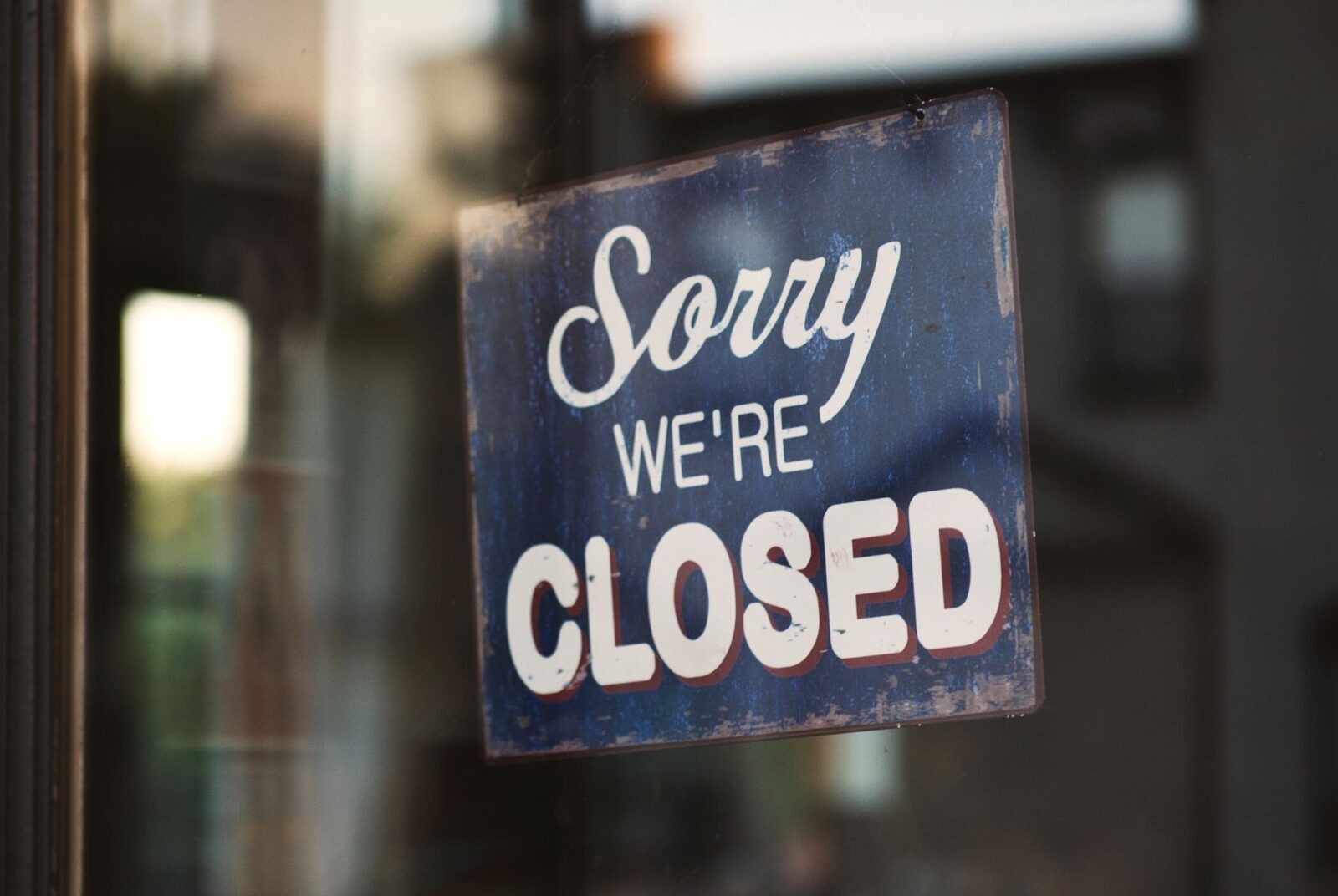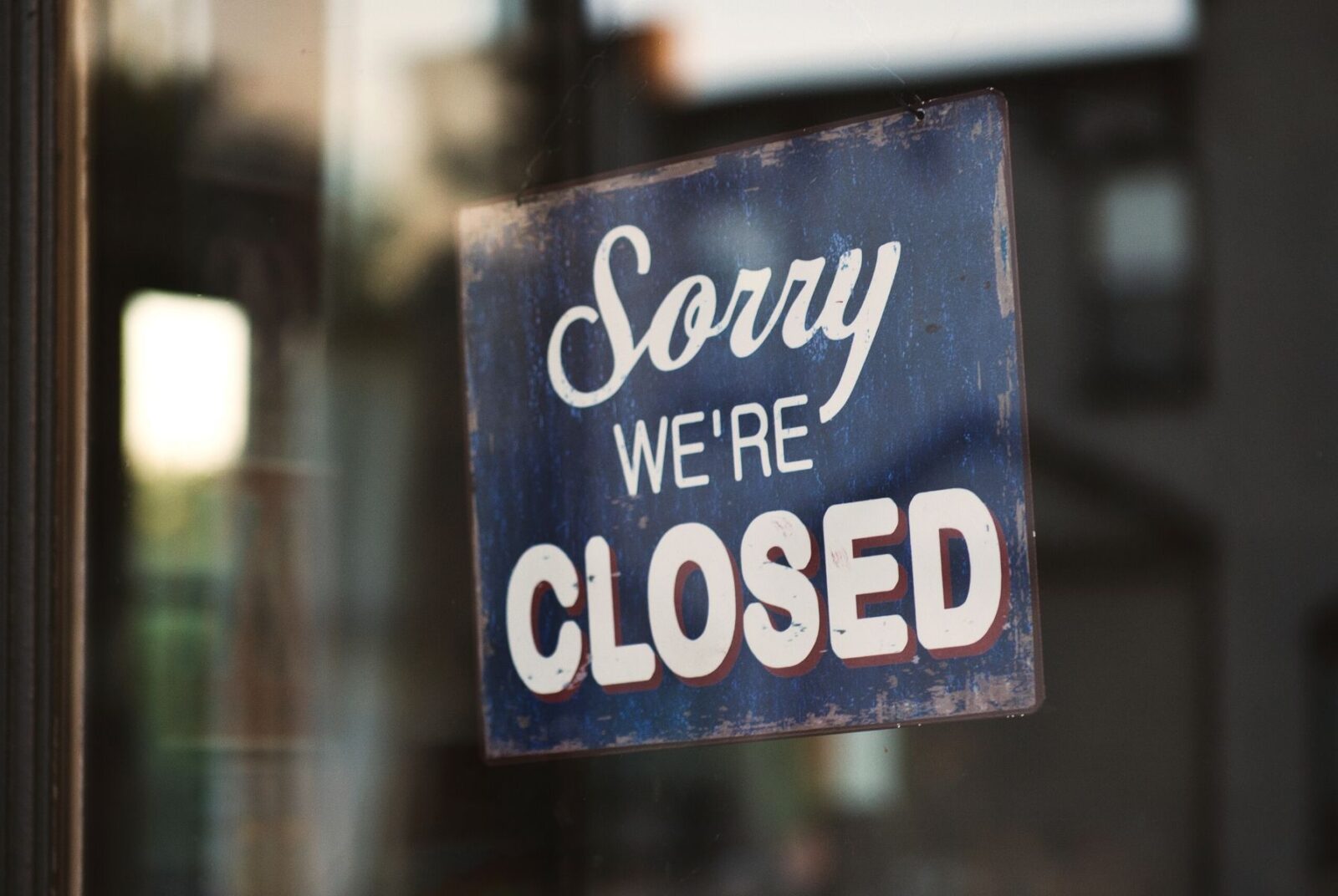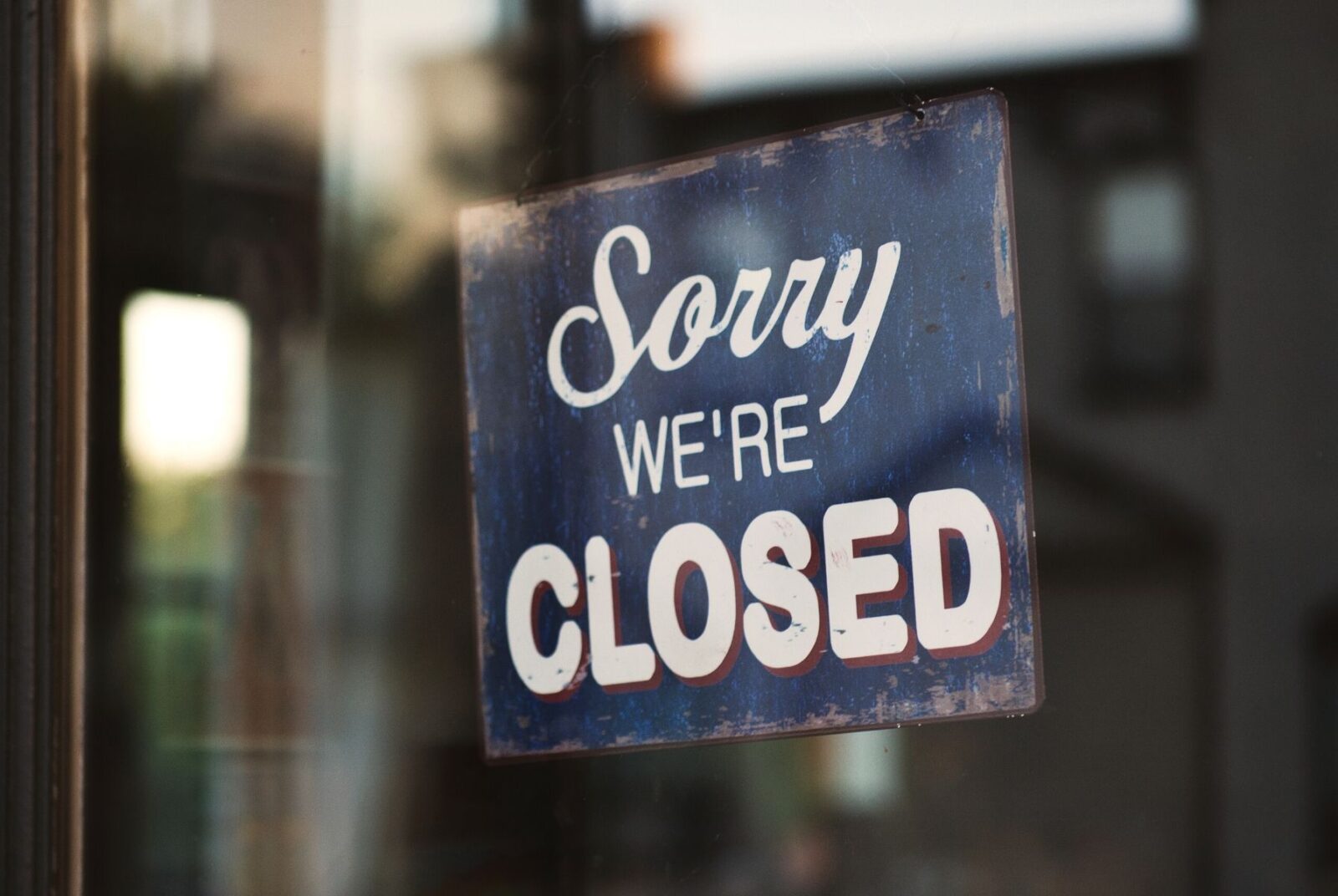
What is Liquidation and How to Liquidate a Company?
Liquidation is the process of closing a business and distributing its assets to creditors. This guide provides a straightforward overview for business owners.
At Company Debt, we offer expert guidance and financial advice to help your business, whether insolvent or solvent, through liquidation.
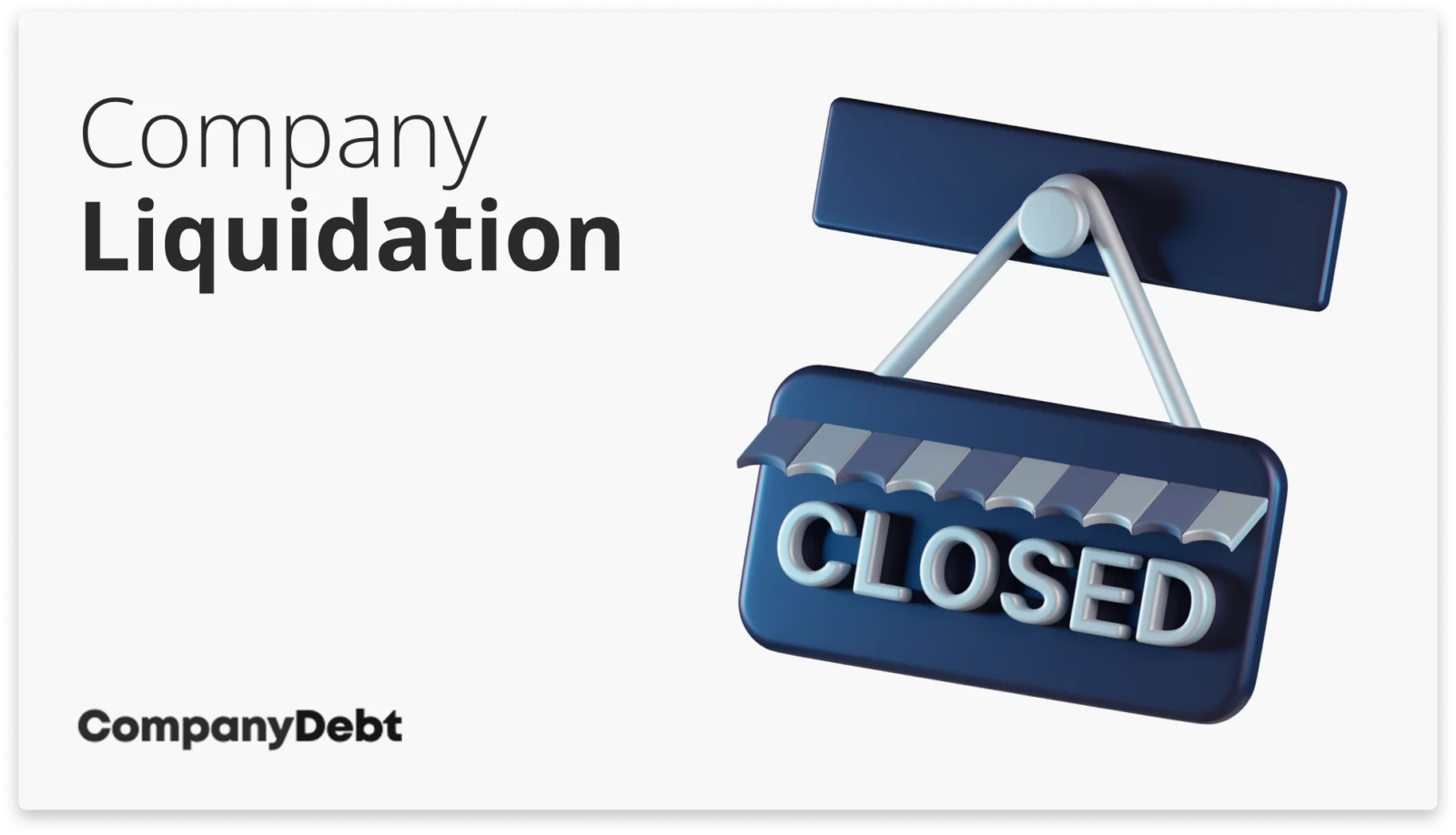
- What Does Liquidation Mean?
- How do I Liquidate my Limited Company?
- What Happens if You Liquidate Your Limited Company?
- 3 Processes to Liquidate a Company you do not Want to run Anymore
- What is the Process for Liquidating a Limited Company?
- Company Liquidation Advice
- What Happens to Company Assets and Debts in Liquidation?
- Does Liquidation Write off Company Debt?
- What are Employee Rights During Company Liquidation?
- How Long Does the Liquidation Process Take?
- What Happens After I Have Liquidated my Limited Company?
- Directors’ Responsibilities and Liabilities During the Liquidation Process
- FAQs on Liquidating a Business
What Does Liquidation Mean?
Liquidation refers to the process of closing a limited company by converting its assets into cash, repaying creditors in order of priority and then dissolving the company from the official register at Companies House.
Any money left goes to shareholders.
It can be a voluntary process for either a solvent or insolvent company or compulsory, following a court order subsequent to a winding up petition.
How do I Liquidate my Limited Company?
To liquidate your limited company, you must engage a licensed insolvency practitioner (IP). This is a legal requirement to ensure fair play.
Liquidation starts with assessing your company’s financial position to determine the most suitable type of liquidation: if your company is solvent, a Members’ Voluntary Liquidation (MVL) might be the path, allowing for an orderly shutdown and tax benefits. If insolvent, a Creditors’ Voluntary Liquidation (CVL) is necessary, focusing on fair distribution to creditors.
The formal decision to liquidate is made by the company’s directors and is solidified during a board meeting. Following this, shareholder approval is necessary, achieved through passing a resolution to liquidate the company.
Once the IP is appointed, the company’s directors’ direct involvement in managing the business diminishes. Directors’ main responsibility shifts to supporting the IP by providing thorough and accurate details about the company’s financial affairs, assets, and liabilities.
What Happens if You Liquidate Your Limited Company?
When you decide to liquidate your company, it essentially means you’re handing over control.
The IP will take over all creditor communications, deal with staff, suppliers, HMRC, and all other formal aspects of closing the company. Assets will be sold to pay creditors, and any debts not covered will be formally written off with the company’s dissolution.
3 Processes to Liquidate a Company you do not Want to run Anymore
There are two voluntary liquidation procedures and one compulsory liquidation procedure. All require the assistance of a liquidator (an appointed licensed insolvency practitioner).
Creditors’ Voluntary Liquidation (CVL)
A CVL is an official term for a voluntary liquidation process used to close down an insolvent company.
A CVL involves the dissolution of the insolvent company and the redistribution of any available assets to creditors. This procedure enables directors to write off unsecured business debts that are not personally guaranteed.
Compulsory Liquidation
Compulsory liquidations are usually initiated by a creditor looking to force a business into closure via a court order application (winding up order). Most commonly, this is HM Revenue & Customs (HMRC). However, it can be initiated by any creditor owed more than £750.00.
The conduct of the directors is reported back to the UK Secretary of State at the end of the liquidation proceedings, and failure to cooperate with the Official Receiver can have serious repercussions.
>>Read our full article on What Happens to Directors in Liquidation?
Members’ Voluntary Liquidation (MVL)
This procedure is the appropriate way to liquidate a solvent UK company and can also be used as part of an exit strategy. It can also be used by shareholders who wish to extract assets or cash in a tax-efficient way.
MVL’s allow you to pay less capital gains tax (at 10% on all qualifying assets)
Can My Limited Company Continue to Trade Whilst in Liquidation?
No, your company cannot continue to trade while in liquidation. When the liquidation process starts, the company must stop all business operations.
This cessation of trading is necessary to ensure the fair and orderly dissolution of the company’s affairs.
>>Read our full article on the Risks of Trading Insolvent
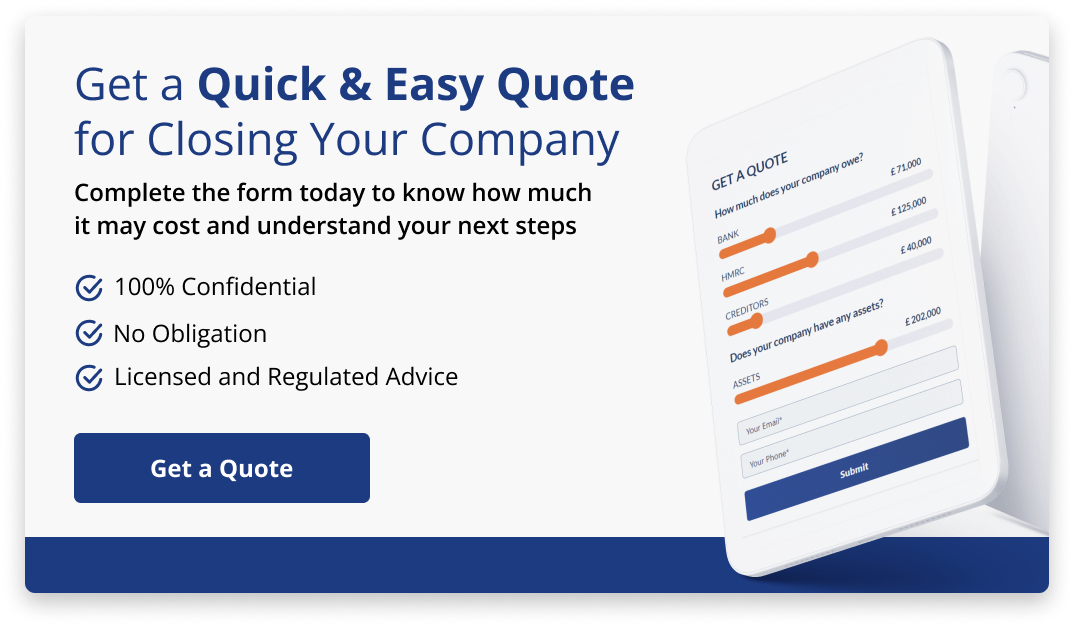
What is the Process for Liquidating a Limited Company?
The process and procedure for liquidating a limited company, also known as winding up, typically involves the following steps:
- Board Resolution: The company’s directors must pass a resolution to wind up the company voluntarily.
- Declaration of Solvency: If the company is solvent (able to pay its debts in full), the directors must make a statutory declaration of solvency.
- Appointment of a Liquidator: The company must appoint a licensed insolvency practitioner as the liquidator.
- Creditors’ Meeting: The liquidator must call a meeting of the company’s creditors within 14 days of their appointment.
- Realizing Assets: The liquidator will take control of the company’s assets and begin the process of realizing them.
- Settlement of Debts: The liquidator will use the proceeds from the asset realization to settle the company’s debts.
- Distribution to Shareholders: If there are any remaining assets after settling all debts, the liquidator will distribute the surplus funds to the company’s shareholders, according to their respective shareholdings.
- Final Meeting: Once all assets have been realised and all debts and distributions have been made, the liquidator will call a final meeting of the company’s creditors and shareholders.
- Dissolution: After the final meeting, the liquidator will notify the relevant authorities (e.g., Companies House in the UK) that the company has been wound up and struck off the register of companies.
Company Liquidation Advice
If you’re thinking about closing your company, getting advice from people who know what they’re talking about is really important. At Company Debt, we have licensed experts you can talk to. You can chat with us online, call, or meet us face-to-face.
It’s a good idea to talk to more than one expert to make sure you’re getting the full picture.
What Happens to Company Assets and Debts in Liquidation?
When a company enters liquidation, the appointed liquidator takes control of all assets belonging to the company. These assets are sold off through different means, such as auctions or negotiated sales to other businesses or investors.
Any proceeds obtained from the asset sales go into a liquidation account. The liquidator uses this account to pay off fees, creditors, and shareholders in order of priority.
Does Liquidation Write off Company Debt?
Typically, any debts that the liquidator cannot repay from the funds raised via the sale of company assets are written off in most cases, with exceptions for debts covered by personal guarantees and liabilities arising from wrongful or fraudulent trading.
Read our full article on here on When Can Directors be Held Personally Liable for Debts?

What are Employee Rights During Company Liquidation?
During company liquidation, employees have rights including consultation on redundancies, notice periods, statutory redundancy pay for those with at least two years’ service, payment for unpaid wages and benefits as preferential debts, protection of pension rights, and provision of employment records to the Insolvency Practitioner.
Read our full article on What Happens to Employees During Liquidation
How Long Does the Liquidation Process Take?
There is no set time frame to liquidate a company, and with several variables dependent on each case, timeframes will vary widely. The complete liquidation process can take around one year on average but longer when a larger company is involved.
What Happens After I Have Liquidated my Limited Company?
After your company has been liquidated, here’s what happens next for you:
- Your responsibility for the company’s debts ceases, provided there was no wrongful or fraudulent trading. It’s a significant relief, as the financial burdens associated with running the company are lifted.
- You’re now in a position to start anew. This could mean setting up a new business, taking up employment, or even retiring, depending on your personal circumstances and ambitions.
- While the company might be dissolved, there could still be some reporting or compliance requirements you need to fulfil post-liquidation.
Directors’ Responsibilities and Liabilities During the Liquidation Process
As a director, you have specific legal responsibilities during the liquidation process. Full cooperation with the insolvency practitioner is essential, requiring you to provide all necessary documents, such as financial records and asset inventories.
In the context of liquidation, certain actions or failures to act can expose you to personal liabilities. This risk arises primarily from obligations to act in the best interests of your company and its creditors, especially when the company is insolvent or nearing insolvency.
You may face personal liabilities if you fail to meet your duties, particularly in instances of wrongful or fraudulent trading. Wrongful trading occurs when you continue your company’s operations despite knowing it cannot avoid liquidation. Fraudulent trading involves intentional deceit to evade debts.
Risks of Company Liquidation
Liquidating a company comes with several downsides that can have lasting impacts:
- Asset Loss: When you liquidate, the company’s assets are sold to pay off debts. If the sale does not yield enough, you might not get back any money you invested in the business.
- Personal Liability: If you’ve personally guaranteed any of the company’s debts, those could fall on you to pay back once the company is liquidated.
- Unpaid Debts: There’s a chance not everyone the company owes money to will be paid back in full. This could hurt your reputation and relationships in your industry.
- Employee Redundancy: Liquidation means your employees will be out of work. There might also be legal requirements to make redundancy payments, which could be tough if the company is struggling financially.
If you’re unsure about any of these steps or need more guidance, we at Company Debt are here to help. Contact us via live chat, telephone, or email for expert advice and support through this process.
FAQs on Liquidating a Business
What happens to the company’s debts during liquidation?
The company’s debts are paid off using the realised assets during the liquidation process. What cannot be paid ends with the dissolution of the company.
What happens to the shareholders of a company during liquidation?
During the liquidation process, any remaining assets are distributed among the shareholders in accordance with the company’s articles of association. However, it is unlikely that shareholders will receive any returns in the case of liquidation.
Can directors be held personally responsible for the company’s debts during liquidation?
Yes, directors can be held personally liable for the company’s debts in certain circumstances, such as if the was traded while insolvent or if the directors have acted fraudulently or recklessly.
Is it possible to avoid liquidation?
Yes, it is possible to avoid liquidation by restructuring the company’s operations, seeking alternative solutions such as a company voluntary arrangement or administration, or finding a buyer for the company. It is important to seek professional advice to achieve the best outcome.








